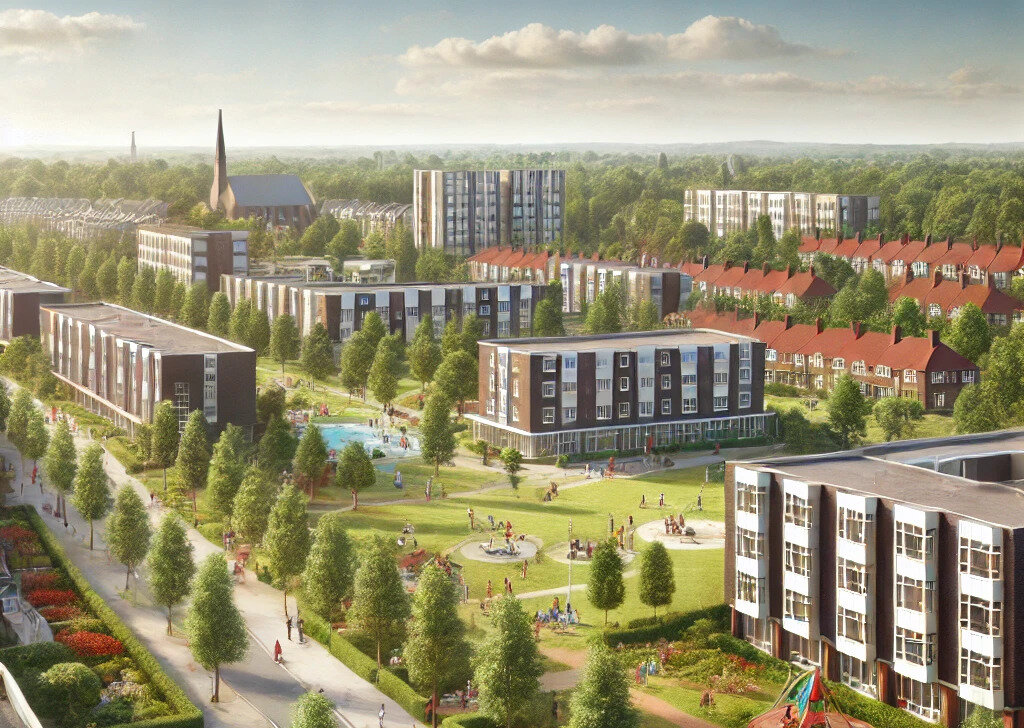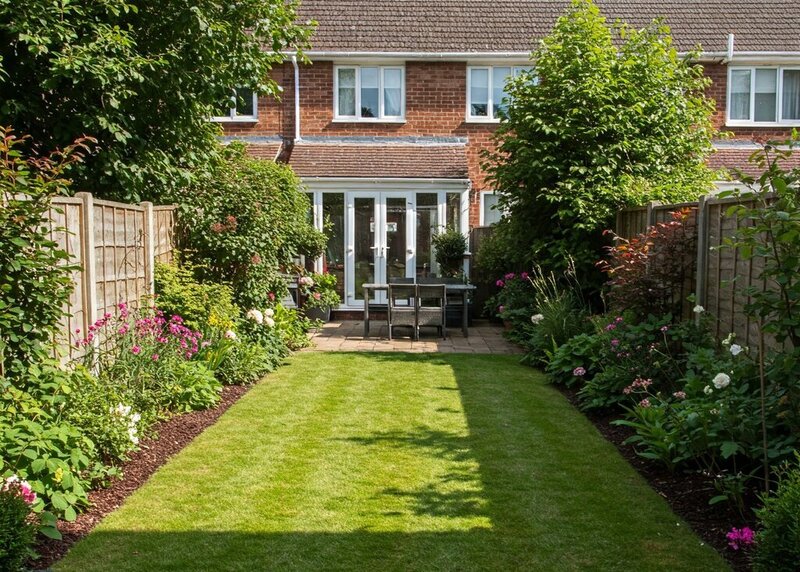In October, a consultation on BS 5837 (Trees in relation to design, demolition and construction) concluded. The responses are currently being reviewed and the British Standards Institute is due to respond by 18 March 2025.
As the government embarks on a substantial housebuilding programme – aiming to increase housing stock by 1.5 million this Parliament, with many of those homes being sited in the Green Belt – it has never been more important to consider the importance of trees in the built environment.
The current version of BS 5837 was written in 2012, before biodiversity net gain (BNG) became a factor in the planning system and BNG is conspicuously absent from the draft Standard.
That said, the new BNG regulations and the proposed changes to the Standard are mutually beneficial. Following the introduction of BNG a year ago, biodiversity has an increasingly important role within planning and development, to the considerable benefit of both residents and the environment.
POSITIVE FOT BIODIVERSITY
The proposed changes to BS 5837 are positive for biodiversity and the preservation of trees. Veteran trees and ancient woodlands will be given their own category (Category V) to better highlight their exceptional biodiversity value in the planning process.

Trees will be given bigger buffers which will improve the protection of roots whilst also encouraging more retention of valuable grassland or fallen deadwood habitat underneath those trees. It will enable a more effective link between BS 5837 and the principle of BNG, while also protecting veteran trees.
Further positive proposals include a move towards assessing canopy cover both before and after a development – one which aligns with national tree planting ambitions in the government’s Environmental Improvement Plan 2023.
Additionally, the proposals will mean greater consideration is given to designing around the future canopy spreads of existing trees, something that is often forgotten when designing new homes or buildings close to existing semi-mature trees.
TREE CANOPY COVER TARGETS
The impacts of these changes, should they make it through to the final Standard, are likely to be a greater emphasis from local planning authorities on achieving tree canopy cover targets on developments sites, something which only a few local authorities (Cornwall Council is a notable example) currently implement.
While clearly these changes support the biodiversity agenda, the absence of BNG from the draft Standard was notable.
Perhaps this reflects a desire to keep arboriculture and ecology disciplines separate but it misses an opportunity – the opportunity to allow arboriculturists to influence how existing trees are valued in BNG and input into how existing and newly planted trees are managed over 30 years in Habitat Management and Monitoring Plans.
TREE HEALTH AND MATURITY
At the moment, ecologists often wait until an arboriculturist has been completed a tree survey on a site and then re-survey the trees to collect the additional data required for BNG, effectively surveying the trees twice.
In addition, BNG currently requires ecologists to assess tree health and maturity, something which they are not specifically trained to do and can lead to inconsistent ecological and arboricultural opinions on individual trees.
The BS 5837 should be proposing to slightly extend the survey pro forma used in a typical tree survey to include the BNG condition criteria, so that it is arboriculturists who are answering BNG questions on tree health, maturity and whether natural ecological niches are present in the tree.
This would improve the accuracy of how trees are valued in BNG, eliminate the need for trees to be surveyed twice (driving costs down for developers) and also encourage arboriculturists to see ‘ecological niches’ instead of ‘defects’ and get involved in the BNG process.
HABITAT MANAGEMENT
The current BS 5837 does not shy away from encouraging arboriculturists to work with project engineers to design specialist foundations or ground protection near trees.
It shouldn’t shy away from encouraging arboriculturists to work with ecologists too. In turn, ecologists shouldn’t shy away from arboricultural help. Indeed, many disciplines already get involved with BNG, as demonstrated by the multi-discipline approach to Habitat Management and Monitoring Plans which sometimes require input from heritage consultants, hydrologists and landscape architects.
BETTER PROTECTIONS
The proposed revisions to the BS5837 will definitely provide better protections for trees and encourage more tree planting, which if native and well-designed could promote biodiversity.
However, the conspicuous absence of any mention of BNG in the revised Standard seems like a missed opportunity. Arboriculturists and ecologists needs to work together, to better value and manage trees on development sites and ensure the best possible outcomes for biodiversity.
Alexander Lowe is Principal Arboriculture & Ecology Consultant at Lanpro











